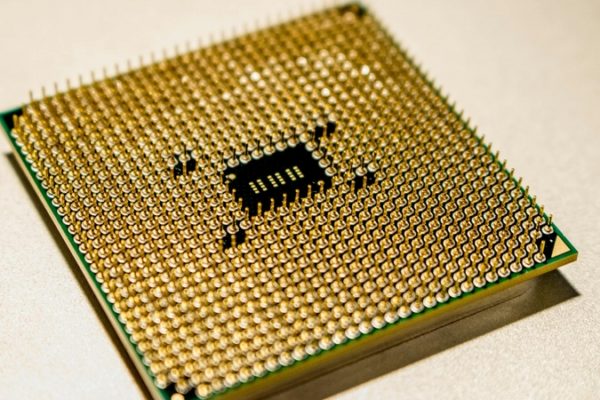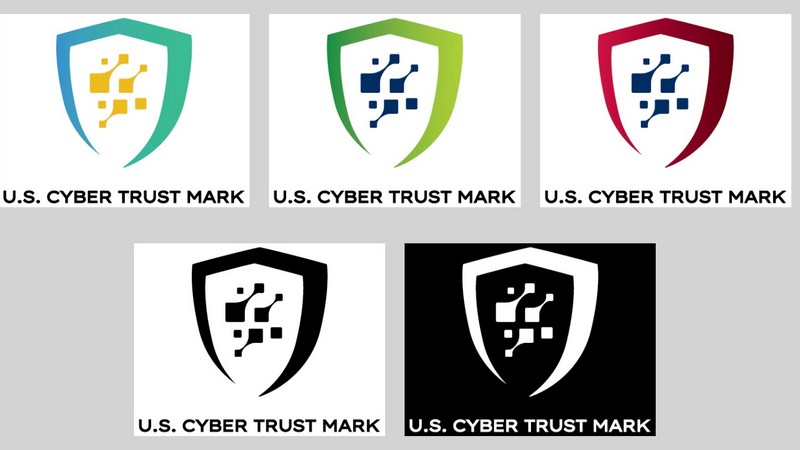
The US Federal Communications Commission (FCC) is gearing up to introduce a national Cyber Trust Mark for wireless IoT products, aiming to enhance cybersecurity standards in the rapidly expanding IoT market. With over 25 billion IoT devices projected to be online by 2030, the FCC’s initiative will require manufacturers to meet new security criteria and display a safety check sticker on their products. This move is expected to provide consumers with transparent information about the security measures embedded in their smart devices. How will the Cyber Trust Mark scheme impact consumer trust in IoT products, what specific cybersecurity standards must manufacturers adhere to in order to receive the trust mark, and how might the introduction of QR codes on these stickers revolutionize consumer access to security information for IoT devices?
Hardware Business News
Italian Government to Provide €2 Billion Aid for STMicroelectronics’ New Microchip Plant in Sicily
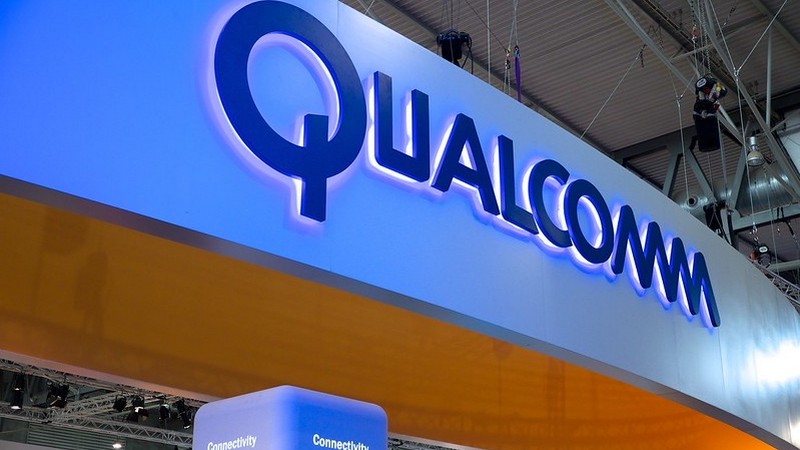
STMicroelectronics’ plan to build a second microchip manufacturing plant in Catania, Sicily, with significant financial aid from the Italian government marks a major development in the semiconductor industry. The construction of this high-volume manufacturing facility is set to bolster the production of power devices and modules, forming a silicon carbide campus alongside an existing facility. How will the establishment of this new plant impact the global semiconductor market and Italy’s position in the industry? What specific technological advancements are expected from the production of power devices and modules at this facility? How might this initiative contribute to the economic growth and technological innovation in the region of Catania, Sicily?
Raspberry Pi Unveils New AI Kit For $70

Raspberry Pi enthusiasts and developers have a new tool in their arsenal with the introduction of the Raspberry Pi AI Kit, a $70 bundle that combines the Raspberry Pi M.2 HAT+ with a Hailo AI acceleration module. This kit promises to bring high-performance AI capabilities to a wider audience, enabling integration into various projects such as home automation, security, and robotics. With features like 13 TOPS of inferencing performance and compatibility with different cameras, the kit aims to make AI implementation accessible and efficient. How does the Raspberry Pi AI Kit empower creators to enhance their projects with advanced AI capabilities, what advantages does the Hailo Model Explorer offer in selecting neural network models, and how might this partnership influence the future landscape of AI development within the Raspberry Pi community?
AI Candidate Running for Parliament in the UK Sparks Innovation in Politics

In a groundbreaking move, the United Kingdom is witnessing the emergence of an AI candidate, AI Steve, running for Parliament with businessman Steve Endacott as its human representative. This innovative approach aims to revolutionize politics by directly engaging with constituents and incorporating their feedback into policy decisions. As AI Steve interacts with voters and adapts its platform, the concept raises intriguing questions: How will the presence of AI candidates influence the future of democracy and political representation, what challenges and opportunities might arise from this fusion of AI technology and politics, and how will the role of human representatives evolve in a political landscape increasingly shaped by artificial intelligence?
Arm Holdings Sues Qualcomm Over AI-Powered PC Dispute
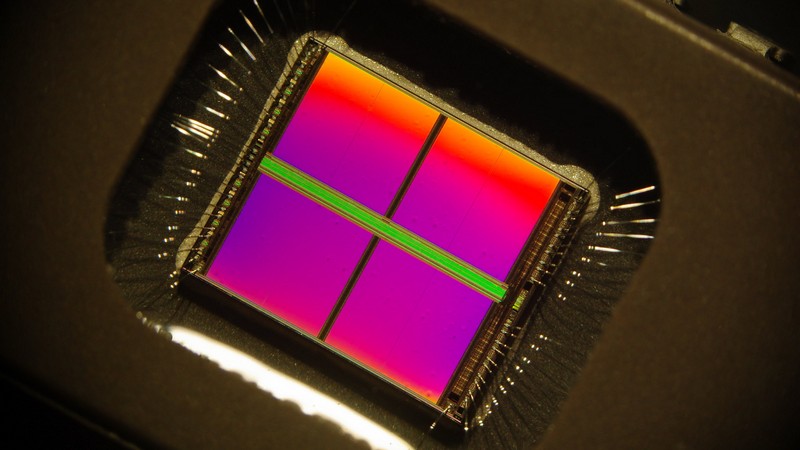
Arm Holdings and Qualcomm are embroiled in a legal battle that could potentially delay the rollout of AI-powered personal computers, impacting major players like Microsoft, Dell, and Samsung. With the future of these innovative laptops hanging in the balance, how might this dispute reshape the market dynamics for chipmakers like Nvidia and AMD? Furthermore, what implications could the legal outcomes between Arm and Qualcomm have on the tech industry’s licensing norms? As the trial approaches in December, how might the resolution of this conflict redefine the landscape for future tech licensing deals and the financial standing of the involved companies?
Hardware Engineering News
MIT Research Reveals Breakthrough in Training General-Purpose Humanoid Robotics
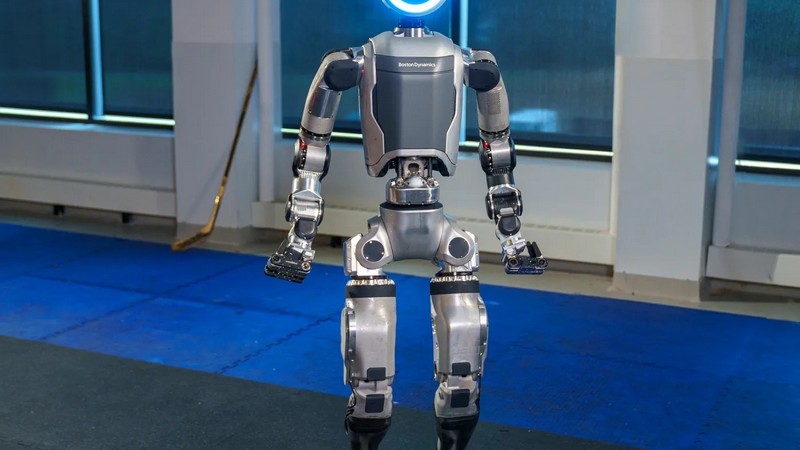
Humanoid robotics is advancing towards more generalized systems, with a focus on training methods and generative AI models. MIT’s recent research highlights the potential impact of generative AI on training robots for various tasks through policy composition (PoCo). By combining policies learned from different datasets, robots can perform multiple tasks efficiently, even adapting to unfamiliar ones. The incorporation of diffusion models in this approach has shown a 20% improvement in task performance, enabling robots to execute tasks requiring multiple tools. This advancement brings us closer to creating intelligent systems that allow robots to switch tools for different tasks. How might the integration of generative AI models revolutionize training methods for humanoid robots, what challenges still need to be addressed in developing general-purpose robotic systems, and how could the ability to perform multiple tasks enhance the practical applications of humanoid robots in various industries?
Flow Computing Proposes Revolutionary Co-Processor Architecture to Boost CPU Performance
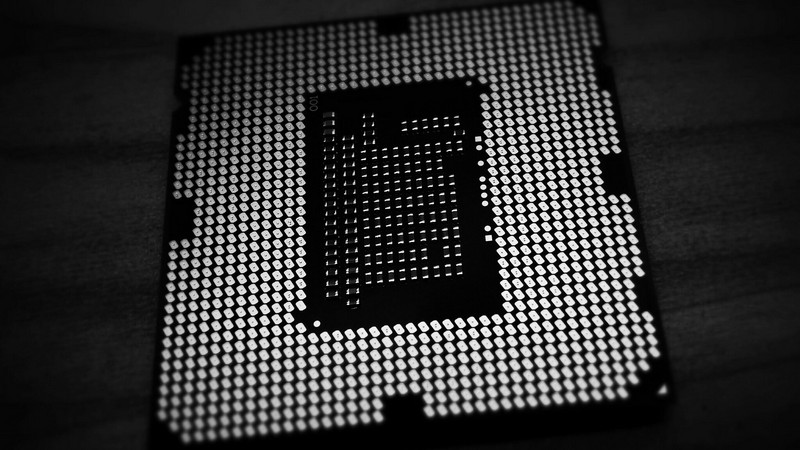
Flow Computing, a startup supported by Finland’s VTT research organization, is proposing a revolutionary co-processor architecture that could potentially boost CPU performance by up to 100 times. By integrating a Parallel Processing Unit (PPU) into a co-processor alongside traditional CPUs, Flow aims to alleviate the burden on CPUs in managing incoming tasks, especially in massively parallel workloads. The company suggests that its design can enhance legacy code without the need for extensive rewrites, offering significant performance improvements, particularly for applications that exhibit parallelism. However, with this innovation still in the theoretical stage and not yet implemented in current silicon beyond FPGA boards, the practicality of achieving such performance gains remains uncertain. Could Flow’s co-processor architecture pave the way for a new era of computing performance, how feasible is the implementation of this technology on a mass-production scale by major chip companies, and what impact could this potential advancement have on the future landscape of CPU design and performance optimization?
How Clever Magnetic Materials Are Revolutionising Electronic Circuits
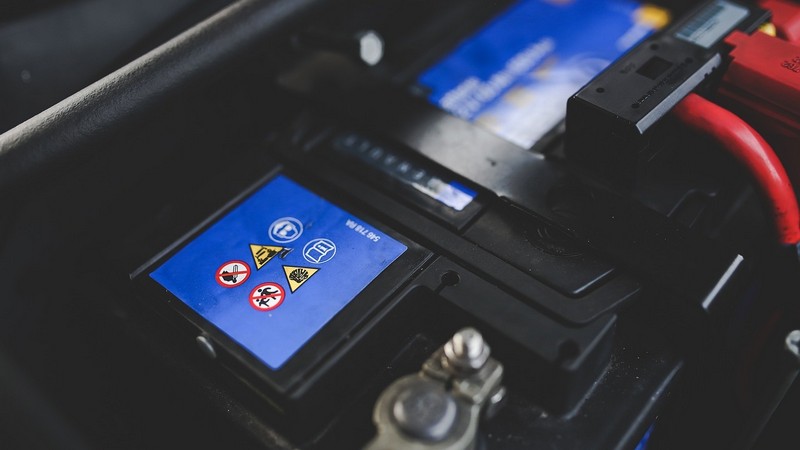
In the realm of modern electronics, the utilization of clever magnetic materials, particularly nanocrystalline soft magnetic materials (NSMM), is revolutionizing the landscape of electronic circuits. With the ability to enhance energy efficiency and facilitate the transition to net zero, these advanced materials are becoming integral components in a wide array of devices, from mobile phones to electric cars. How do NSMMs differ from traditional magnetic materials in terms of responsiveness to changing electrical currents and magnetic fields, what advantages do NSMMs offer in terms of size, weight, and operational temperatures compared to other materials like ferrites, and what potential applications and advancements can we expect as more companies invest in the production of NSMM globally?
Hardware R&D News
Novel Piezoelectric Composite Material Revolutionizes Flexible Sensors

Flexible piezoelectric sensors have emerged as crucial components in monitoring human and robotic movements, with recent advancements in material science addressing cost and sensitivity limitations. As the world transitions towards the intelligent era, marked by increased automation and connectivity, the demand for flexible sensors that offer comfort and versatility is on the rise. Could the novel piezoelectric composite material developed by Japanese researchers pave the way for environmentally sustainable, low-cost mass production of high-performance sensors? How does the electrospinning process contribute to enhancing the flexibility of these sensors, and what potential implications could these sensors have in fields like health monitoring and humanoid robotics?
Researchers Develop Self-Healing Battery for Wearable Devices

Wearable technology has become an integral part of our daily lives, from fitness trackers to smart clothing. To meet the demands for more comfortable, reliable, and long-lasting devices, researchers have developed a groundbreaking self-healing battery for wearables. This innovative battery boasts excellent energy density, power density, cycle life, flexibility, and the ability to self-heal even after ten cycles. By utilizing non-metallic charge carriers like ammonium ions and incorporating them into a hydrogel electrolyte, the battery achieves impressive flexibility and performance. As this technology progresses towards commercial production, the future of wearable devices looks promising. How will the self-healing battery revolutionize the design and functionality of wearable technology, what challenges might researchers face in scaling up production for mass adoption, and how could this advancement impact the sustainability of wearable devices in the long run?
Open-Source Hardware News
Arteris Chosen by Esperanto Technologies for RISC-V Processors Integration in AI and Machine Learning Solutions
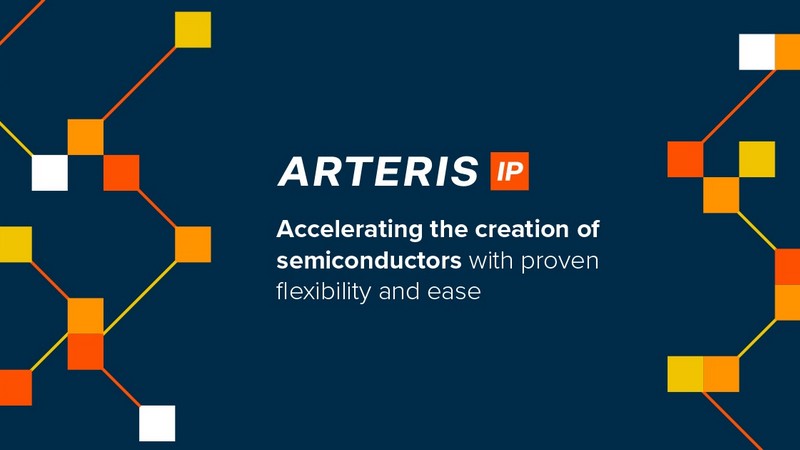
Arteris, a key player in system-on-chip (SoC) development, has been selected by Esperanto Technologies to integrate RISC-V processors for high-performance AI and machine learning solutions. This collaboration aims to enhance energy-efficient designs for AI inference and HPC applications, catering to data center and enterprise-edge needs. With Esperanto leveraging Arteris’ CSRCompiler for automation efficiency and integration capabilities, the development of energy-efficient solutions is expected to advance significantly. How will the integration of RISC-V processors impact the performance and energy efficiency of AI and HPC solutions, what specific advantages does Esperanto’s ET-SoC-1 offer in terms of TCO and energy efficiency compared to traditional GPU solutions, and how does CSRCompiler streamline the design workflow to meet market demands efficiently?


